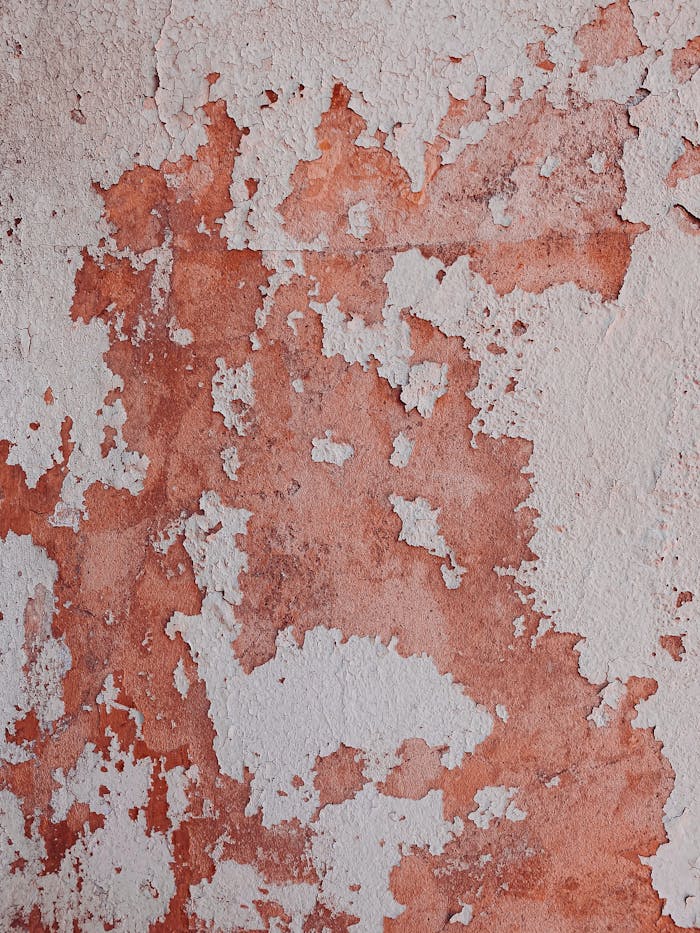
Did you know that a whopping 43% of DIY paint jobs end up with cracking or flaking issues within the first year? Yikes! I learned this the hard way when I decided to give my kitchen a fresh coat of paint. Let me tell you, it was not the smooth sailing I expected!
Cracking and flaking paint isn’t just an eyesore – it’s a sign that something’s gone seriously wrong with your paint job. And trust me, it’s way more common than you might think. But don’t worry, I’ve been through the trenches and I’m here to share all the juicy details on why this happens and how to fix it!
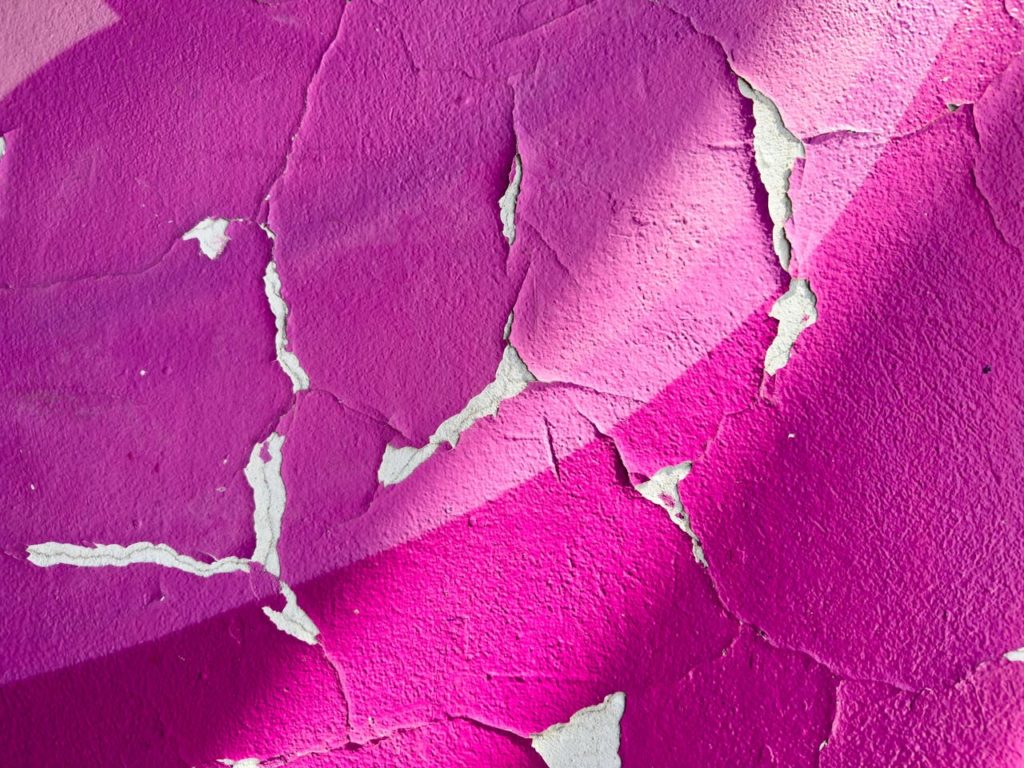
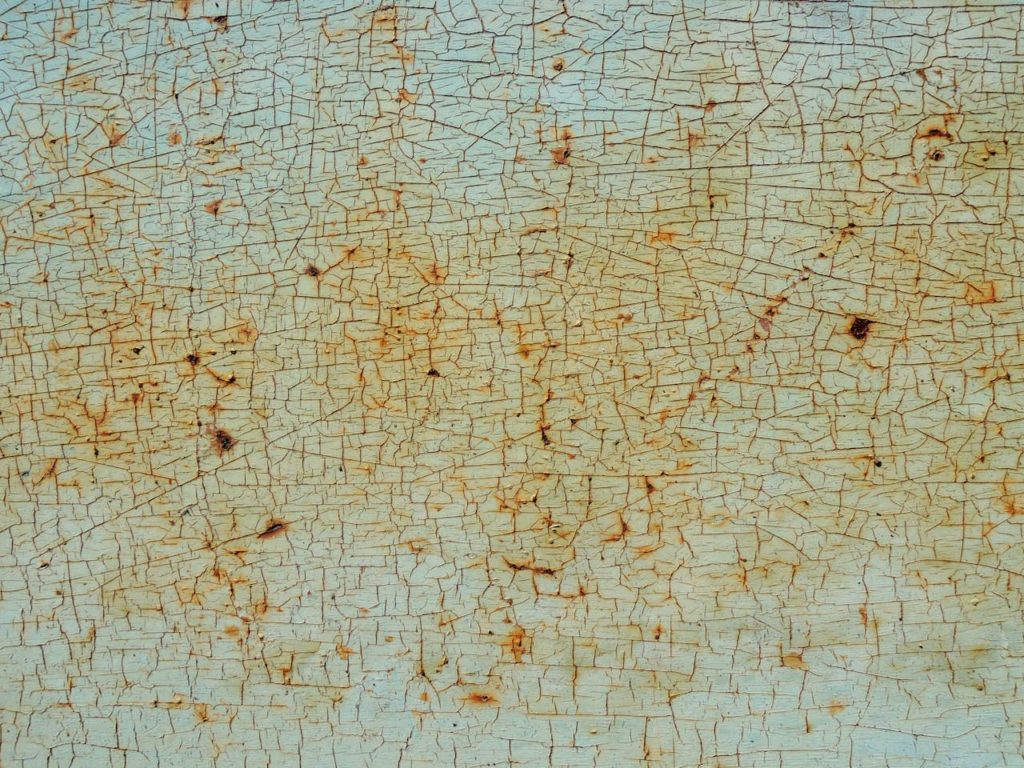
Let’s dive into the factors that lead to paint cracking and flaking. First up, moisture is a sneaky little troublemaker. I found out the hard way that painting in a humid environment is like asking for trouble. The paint just doesn’t dry properly, and before you know it, you’ve got cracks galore.
Another biggie? Temperature fluctuations. Paint can be so sensitive? Extreme changes in temperature can cause the paint to expand and contract, leading to those annoying cracks.
Now, let’s chat about surface preparation. It’s not recommended to paint over any old surface. Proper surface prep is like the foundation of a house – if it’s not solid, everything else is gonna crumble.
Here’s a pro tip: We sand the surface like your paint job depends on it – because it does! We get rid of any old, flaking paint, fill in those cracks, and make sure your surface is smoother than a baby’s bottom. Trust me, your future self will thank you.
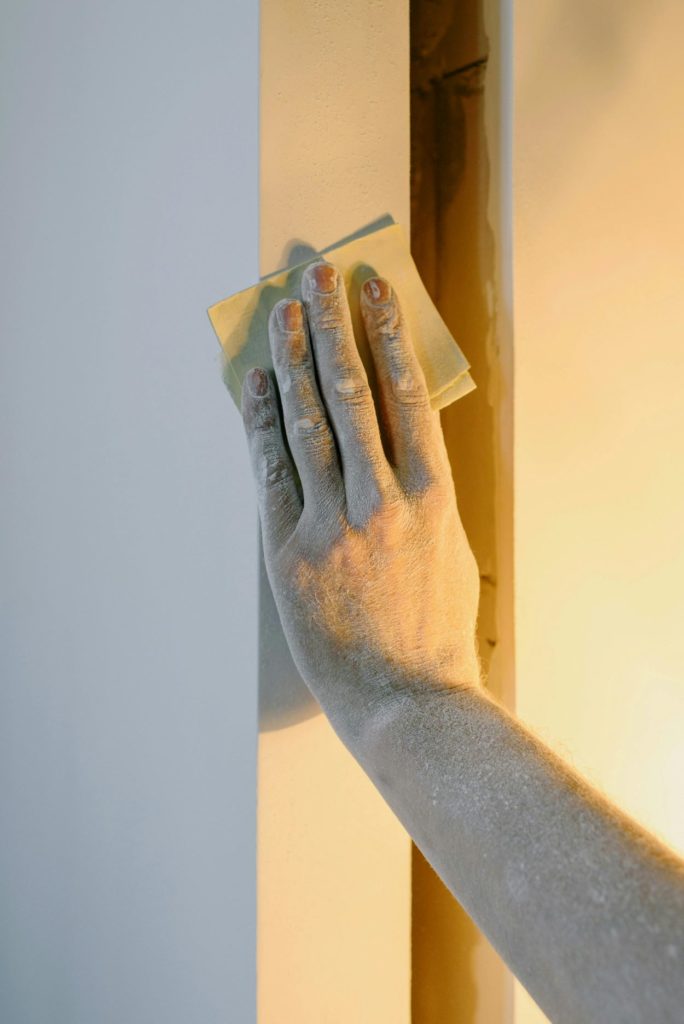
Cleaning that surface is just as important! If you paint over something like a greasy kitchen wall without cleaning it first. Let’s just say the paint won’t stick around for long. A little soap and water can go a long way, folks!
Choosing the right paint for problem areas is important. Not all paints are created equal, my friends. For areas that see a lot of action or temperature changes, you want a flexible paint that can roll with the punches. Look for paints that are satin, eggshell or a semi-gloss.
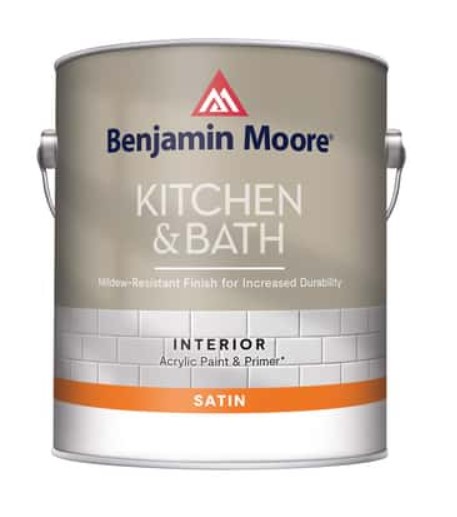
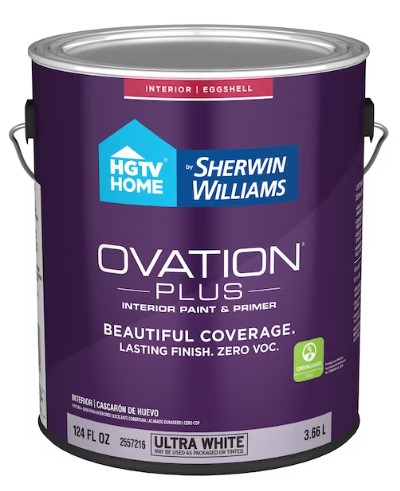
Alright, so what if you’re already dealing with cracked or flaking paint? Don’t panic! It’s fixable, I promise. First things first, you gotta remove all that loose paint. Get yourself a good scraper and go to town. It’s oddly satisfying, like peeling off a face mask!
If your in the Northeast Ohio area give us a call! At Leggettandsonspainting “We Paint So You Don’t Have To”.
Once you’ve got all the loose stuff off, it’s sanding time. I know, I know, it’s not the most fun job in the world. But trust me, it’s crucial. You want a smooth surface for your new paint to stick to.
For deep cracks, we use a filler before we paint. It’s like giving your wall a little spa treatment. We make sure to let it dry completely before you start painting.
We start with a good primer. This gives your wall a clean slate. Then, apply your new paint you selected. Remember what we said about multiple thin coats? Yeah, that applies here too.
CONCLUSION
Dealing with cracking and flaking paint can be a real pain in the you-know-what. But with the right prep work, paint, and patience, you can achieve a paint job that’ll stand the test of time.
Remember, folks, painting isn’t just about color – it’s about creating a durable, long-lasting finish that’ll keep your home looking fabulous for years. So take your time, do it right, and don’t be afraid to ask for help if needed.